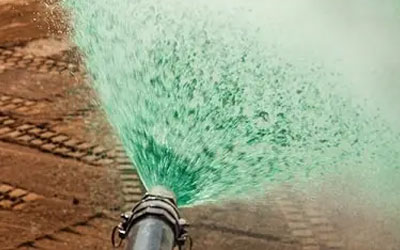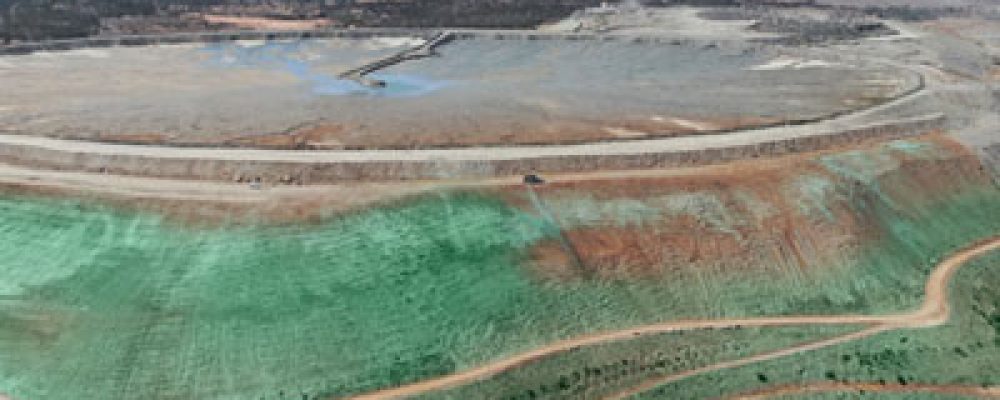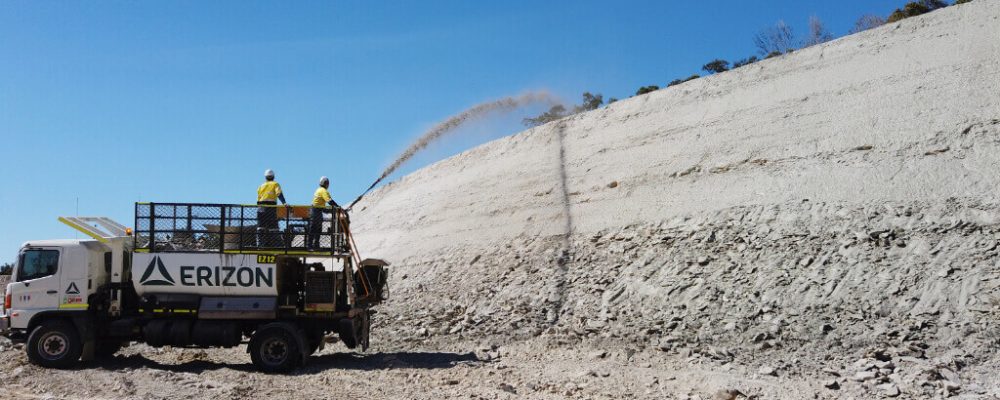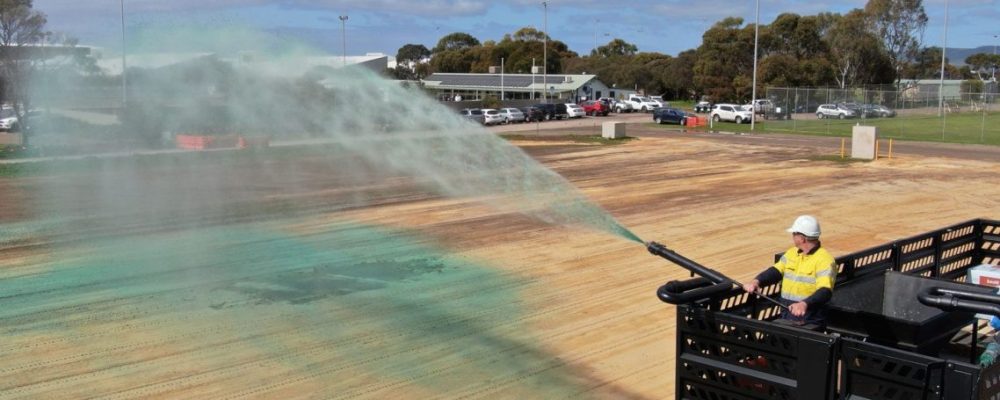Organic matter plays an important role in soil health and fertility. It provides necessary nutrients, improves soil structure, enhances water-holding capacity, and supports beneficial microbial populations. It is also critical in land rehabilitation, particularly in degraded or contaminated soils, as it can help restore soil quality and support the establishment and growth of vegetation.
Aside from increasing soil water retention, and decreasing erosion, organic matter can improve soil structure and stability. Incorporating organic matter into degraded soils is an effective strategy to support land rehabilitation and enhance its ecosystem health. This is because it helps immobilize contaminants, reducing their mobility and availability to plants and animals.
What Is Soil Organic Matter?
Organic matter in soil refers to the remains or byproducts of plants and animals that have decomposed or partially decomposed and become incorporated into the soil. It is an essential component of soil that affects its physical, chemical, and biological properties.
As plants establish and grow, they consistently draw upon nutrients from the available organic matter, which are made available by the decomposition in the soil. In addition, organic matter also acts like a sponge, absorbing and holding onto moisture, which is essential for plant growth, particularly in arid and semi-arid regions.
The Benefits Of Organic Matter In Soil Amendment

Aside from significantly increasing the water-holding capacity of the soil, soil organic matter is also a rich source of nutrients such as nitrogen, phosphorus, and potassium, which are all essential for plant growth.
In addition, it plays a vital role in the success of any revegetation and erosion control projects. Here are some of the main key benefits:
Biological Activity
Organic matter in the soil is a key driver of biological activity and diversity. It serves as a food source for soil microorganisms such as bacteria, fungi, and protozoa by breaking down organic matter and releasing nutrients essential for plant growth.
Organic matter helps improve the soil structure by creating a habitat for soil microorganisms and promoting water infiltration. By supporting the soil’s biological activity, organic matter promotes nutrient cycling and enhances plant productivity.
Organic matter also helps create a hospitable environment for beneficial bacteria, fungi, and other organisms in the soil. These organisms help break down organic materials into nutrients that can be easily accessed by plants, promoting plant growth.
Furthermore, it also helps protect plants from drought and minimise their water requirements, which supports a diverse range of species. This is because organic matter holds onto moisture, lessens the effects of extreme weather events and creates a more stable environment for plants to survive in.
Soil Structure
Organic matter plays a necessary role in creating a strong, bonded soil structure. Composed of broken-down plant and animal material, organic matter contributes health and stability to soil by binding together small particles of sand, clay, and silt.
In addition to providing structure to the soil, organic matter also serves as an important source of nutrients for plants. As the organic matter decomposes, it releases needed minerals that help promote growth and nourish vegetation.
By improving the soil structure, organic matter also helps reduce compaction by providing additional pore space for air and water to penetrate, making soils more resilient. Furthermore, when there is an abundant amount of organic matter present in the soil, plants are better able to thrive.
Sources Of Organic Matter In The Soil
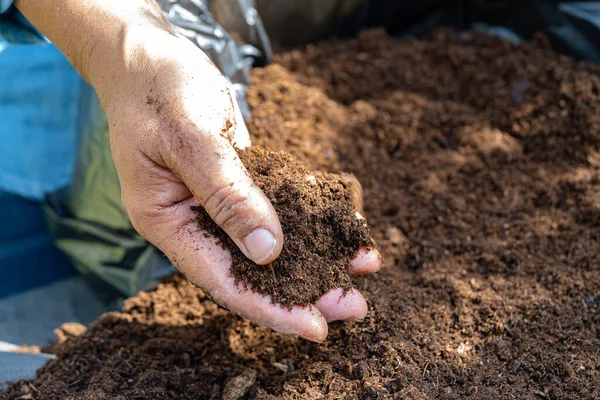
There are different types of organic matter in the soil. These include:
- Plant residues – These are the plant remains such as leaves, stems, roots, and seeds that are incorporated into the soil through natural processes or agricultural practices.
- Animal residues – These are the remains of animals such as manure, carcasses, and bone that can also become incorporated into the soil.
- Microbial residues – These are the remains of microorganisms such as bacteria and fungi that die and get incorporated into the soil.
- Humus – This is the stable and complex organic matter that results from the decomposition of the above residues. It is the most important form of organic matter in the soil, as it contributes to soil fertility, water retention, and soil structure.
- Biochar – This is a form of charcoal produced from the pyrolysis process on organic materials such as wood, agricultural waste, or manure. It can be used as a soil amendment to enhance soil fertility, carbon sequestration, and soil water retention.
Erosion Control
When soil is heavily eroded, it can take years to replace lost organic matter, which is critical for soil fertility and productivity. Soil organic matter can help prevent erosion by increasing soil stability and reducing surface runoff. It helps to bind soil particles together, thus increasing the soil’s ability to resist erosion.
The presence of organic matter also increases the amount of water that can be held in the soil. This improves drainage and reduces water run-off, which further helps reduce erosion.
Implementing sustainable land management practices is one effective way to preserve soil organic matter and reduce the risk of soil erosion. This can include planting cover crops, maintaining a permanent vegetative cover over the soil, and implementing crop rotation to reduce soil disturbance.
With proper land management practices also in place, we can ensure that our soils remain healthy for future generations.
Impact Of Soil Organic Matter Decline
Depletion of organic matter in the soil can have significant negative impacts on the soil’s health and productivity. When organic matter is depleted, there is less food and energy available for soil microorganisms, which can lead to their decline in numbers and activity. This, in turn, can result in a reduction in nutrient cycling and availability, making it more difficult for plants to obtain their needed nutrients to grow.
This depletion of organic matter can also lead to a decline in soil structure and compaction, which can reduce the infiltration of water and air into the soil. This in effect can limit the growth of plant roots and lead to waterlogging, erosion, and other soil-related problems.
How Is Organic Matter Added Back In Degraded Lands
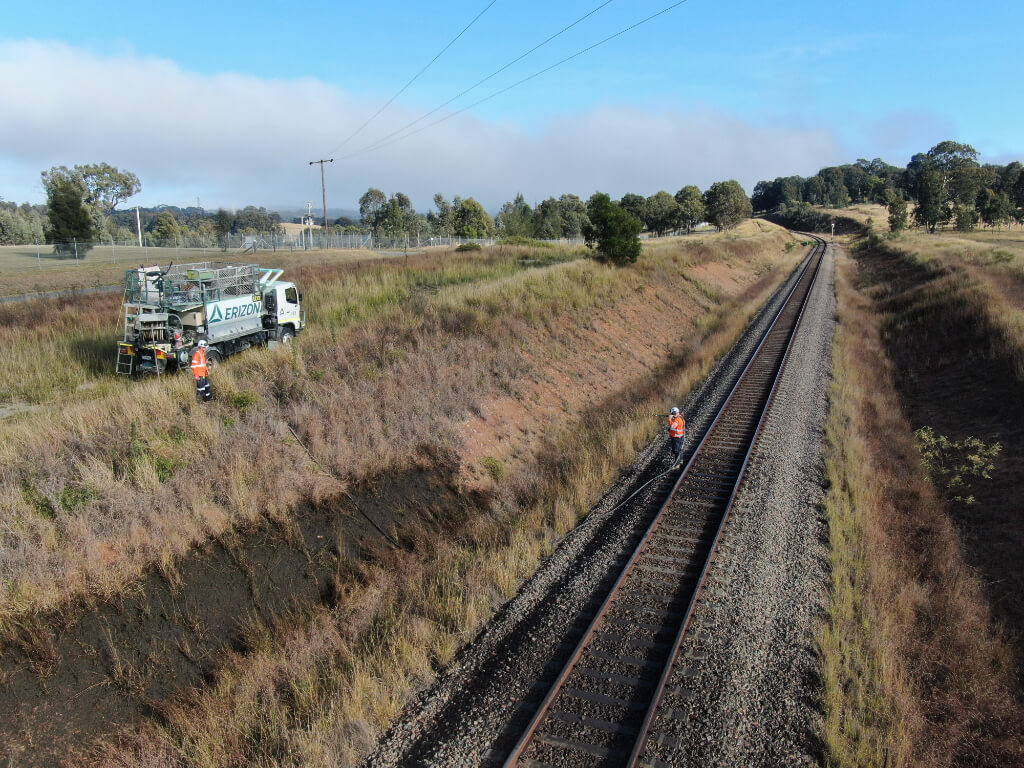
Adding organic matter back into degraded lands is an important step in restoring soil health and productivity. Here are several ways to add organic matter to degraded soils:
- Hydromulching
Hydromulching is a revegetation technique that involves spraying a mixture of water, seed, fertilizer, and other additives onto the soil surface to promote plant growth. This mixture includes organic matter such as compost or mulch, which can provide a source of nutrients and help to improve soil structure.
The organic matter mixture is then sprayed onto the soil surface where it can improve soil structure, water-holding capacity, and nutrient availability.
- Hydroseeding
Hydroseeding is also a revegetation technique that involves spraying a mixture of water, seed, fertilizer, and other additives onto the soil surface to promote plant growth. This mixture includes organic matter such as compost or mulch, which can provide a source of nutrients and help to improve soil structure.
The organic matter is first grounded or shredded into small pieces, mixed with the hydroseeding slurry, and sprayed onto the soil surface. This promotes plant growth by supporting soil microorganisms, which play a key role in nutrient cycling and plant health.
- Revitalise existing topsoil
Revitalizing existing topsoil is also a revegetation technique that involves adding organic matter to soil to improve soil health and encourage plant growth. This can be achieved by incorporating compost, applying mulch, or using cover crops. This also provides a food source for soil microorganisms, which play a key role in nutrient cycling and plant health.
Infuse Organic Matter Back In Your Land With Advanced Solutions
In summary, organic matter plays a crucial role in soil health and plant growth by supporting soil microorganisms, improving the soil’s structure and water-holding capacity, and increasing nutrient availability to plants.
Erizon can help clients address organic matter problems by providing innovative solutions for soil remediation and land restoration, resulting in a sustainable revegetation project where biodiversity becomes self-sustaining in the right conditions.
Erizon’s range of solutions includes hydromulching, hydroseeding, erosion control, and drone services that are environmentally friendly. Erizon also offers tailored soil testing services and provides customized solutions for client’s specific soil remediation needs.
Overall, the importance of organic matter in soil cannot be overstated, and Erizon is well-positioned to help many industries across Australia address the challenge of depleted organic matter in the soil.
By incorporating proven innovative solutions and promoting sustainable land use practices, Erizon helps improve soil health and productivity, while also being cost-effective.
Want excellent plant growth and erosion control at the same time? Check out Enviroloc BFM for advanced hydromulching solutions.

